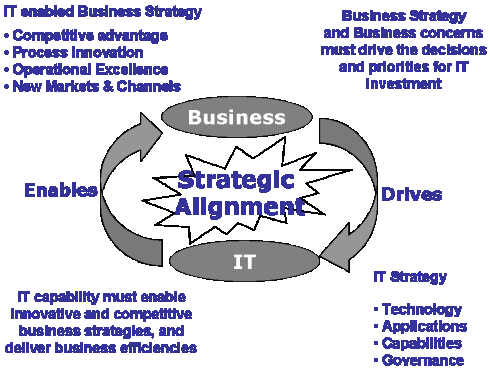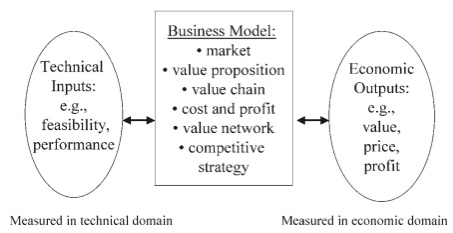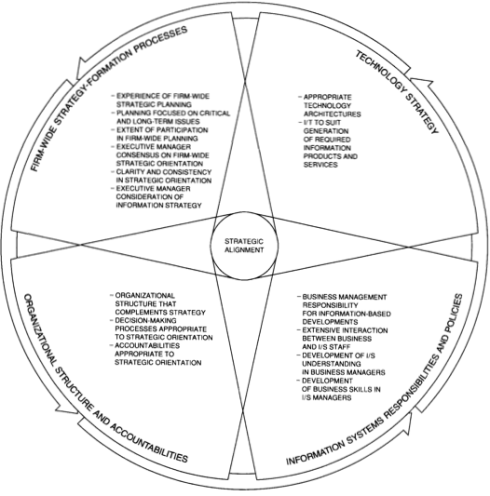As this weeks post is my final, I have decided to do a recap of my previous blogs, to conclude my work on strategic alignment.
Week 1: My first blog was an introduction to strategic alignment where we explored the meaning of the term and also looked at definitions from scholars.
The primary point we can take from this blog is that from the observation of previous successful Strategic Alignment, it is essential that firms tailor plans to fit their firm, not replication of other companies.
Week 2: This post emphasized the importance of communication of information right through the organization chart, from operational employees right up to top management. As previously mentioned only “14% of employees understand the organizations strategy”. If all employees had a better understanding of the organisations strategy, then strategic alignment will be allowed to occur.
Week 3: This blog explored how the presence of a flawless business model paved the way for successful strategic alignment. Osterwalder points out that “The business model concept improves the alignment of strategy, business organization and technology”.
In order to guarantee a smooth implementation of business visions and alignment between the different groups, firms require a very clear communication of concepts and understandings between the implicated parties.
Week 4: In this post we once again refer back to the role of communication in achieving strategic alignment. I carefully analyzed Brian O’Flaherty’s paper where he expresses a belief in the effectives of putting a liaison in place. His case study showed how the presence of a liaison role in a firm, which acted as an intermediary between IT and business units, enabled all parties to be fully informed and understand the goals and strategies of the company.
Week 5: My final investigative blog focused on the role of strategic alignment in the banking sector. I found this industry of interest due to the richness of data present in the sector and also due to the importance of security for the firms.
Following the four steps outlined above enabled financial institutions in the study to succeed in implementing effective strategic alignment.
I found the Strategic Alignment topic to be a very interesting one and although much research has been done in the field, with many resulting theories, questions still remain.



Great work! very consistent and extensive cover of the topic